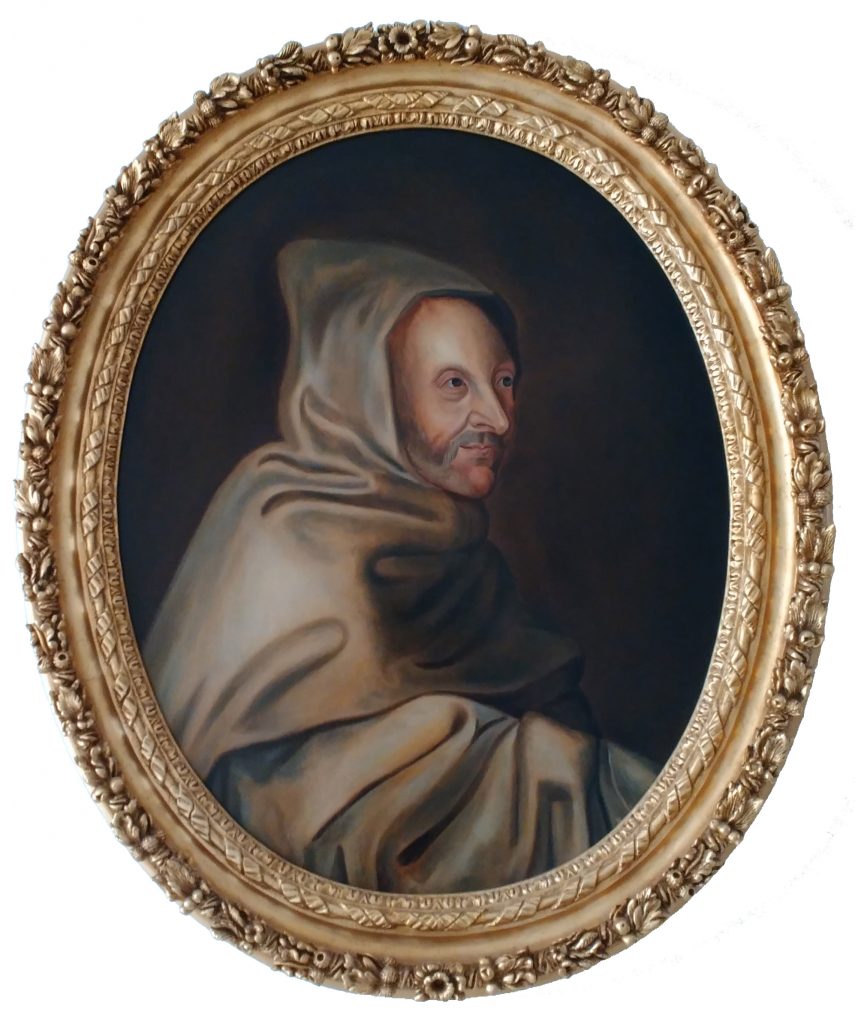Our Cistercian and Trappist roots
Fathers of the desert
Christian monasticism dates back to Egypt and Palestine in the 3rd century. Saint Anthony the Great, the father of monks, withdrew to the desert following a call from Christ to lead a life of prayer. The many monks who did likewise have left us brief accounts – Apophthegmata – that describe a disciple facing and questioning an elder. These accounts contain teachings on the life of prayer and union with God:
“Abba, what can I do to be saved?” asked the disciple. The Elder replied: “Stay in your cell, do what you can without getting upset. The little that you do is equivalent to the great works of Saint Anthony in the desert.”
The Benedictines
Saint Benedict of Nursia (480 – c. 547) wrote the Rule for Monks in the 6th century, a rule that still guides Benedictines and Cistercians today → What is monastic life? He managed to write a synthesis full of measure and wisdom to safely lead to union with God, establishing healthy relationships among brothers and with the world.

The Cistercians
The foundation of the “new monastery” in Cîteaux in 1098 by Benedictine monks from Molesme in Burgundy by Saints Robert, Alberic and Stephen and their companions was the occasion for a spectacular development in monastic life. Saint Bernard, the most illustrious of the Cistercian monks of the Golden Age, joined the Abbey of Cîteaux in around 1113 and soon founded the Abbey of Clairvaux in Champagne (1115).

The Trappists
Another important stage in the history of our Order took place at the Cistercian Abbey of La Grande Trappe. In 1662, Armand de Rancé became abbot and reformed the abbey. The monks of the Order of Cistercians of the Strict Observance owe their name of “Trappists” to
the Abbey of La Trappe. During
the French Revolution, Dom
Augustin de Lestrange left
France with a group of monks from La Trappe, briefly stayed near Nový
Dvůr at the Cistercian abbey of Plasy, and went all the way to
Russia… The Trappists thus survived the revolutionary turmoil.